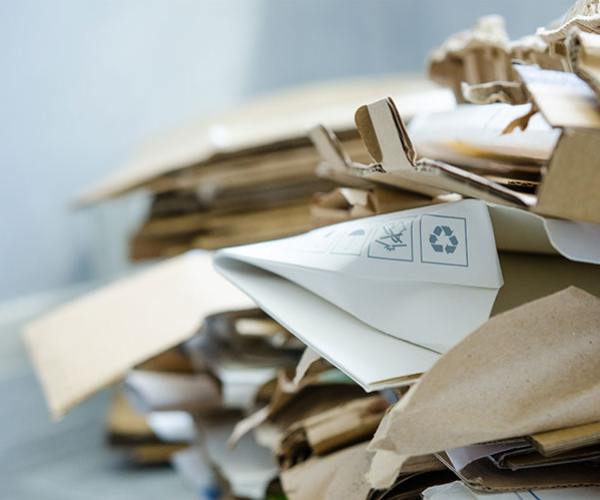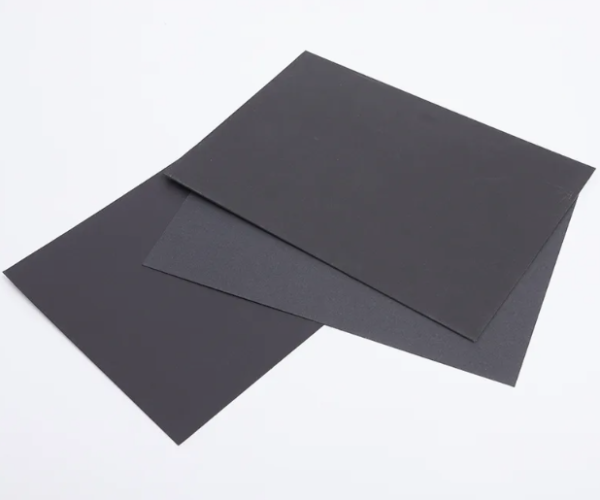0086 18049845758
 GOLDEN PAPER
GOLDEN PAPER
 GOLDEN PAPER
GOLDEN PAPER
As a paper importer or distributor, you’re likely seeking sustainable, cost-effective solutions that align with global environmental standards. Recyclable paper isn’t just a trend—it’s a practical choice for businesses aiming to reduce waste, cut costs, and meet consumer demand for eco-friendly products. This guide breaks down the types, benefits, and applications of recyclable paper to help you make informed decisions.

Recyclable paper refers to paper products that can be reprocessed into new materials after use, minimizing landfill waste and resource consumption. Unlike traditional paper, it’s designed for multiple life cycles through efficient recycling systems. For traders like you, this means offering products that comply with circular economy principles and appeal to environmentally conscious buyers.
Once waste paper arrives at the recycling facility, the first step is soaking and pulping. The paper is mixed with water to soften it, then broken down into fibers using a pulper. Since waste paper comes in various shapes and sizes, pulping helps standardize the material for further processing.
Recycled paper often contains contaminants like staples, tape, gravel, or sand, especially from books or cardboard boxes. Screening is used to filter out these impurities. Large debris is blocked by screens, while heavier materials like nails or stones are removed using a device called a cleaner. This ensures the pulp remains as clean and pure as possible.
After removing physical impurities, the next step is deinking. Many waste papers have printed ink or handwriting that must be removed. Special deinking agents are added to help lift the ink from the fibers. The ink particles float to the surface, where they are skimmed off. Adhesive residues are separated, and tiny ink particles that remain are dispersed with heat and chemicals, allowing them to bond with the fibers for removal.
Finally, the pulp is bleached to improve its brightness and whiteness. This step not only enhances the appearance of the paper but also improves its printability and gives it the required physical and chemical properties for making new paper products.

Grey board, made from 100% recycled fibers, is a sturdy, lightweight option ideal for packaging boxes, book covers, and displays. Its natural grey hue reduces the need for bleaching, making it an eco-friendly alternative for brands prioritizing sustainability without sacrificing durability.
WTL features a bright, printable top layer and a grey recycled base. It’s widely used for premium packaging, labels, and food-grade boxes. The white surface ensures vibrant printing quality, while the recycled core keeps costs low—perfect for clients balancing aesthetics and budgets.
This dual-layered board combines functionality with versatility. The grey-back variant suits industrial packaging, while the white-back type offers a smoother finish for retail boxes and greeting cards. Both types provide excellent stiffness and tear resistance, catering to diverse buyer needs.
Made with recycled fibers and dyed using non-toxic pigments, black paper board delivers a sleek, modern look for luxury packaging, invitations, and high-end displays. Its deep color masks impurities, reducing the need for intensive processing—a win for eco-conscious brands.
Recyclable paper reduces deforestation, energy use, and carbon emissions by up to 60% compared to virgin paper. By sourcing these materials, you help clients meet ESG goals and comply with regulations like the EU’s Single-Use Plastics Directive.
Recycling lowers production costs by 20–30%, savings you can pass to buyers. Lightweight designs also cut shipping expenses. For example, grey board’s low density reduces freight costs per ton, boosting profit margins.
In terms of performance, recycled paper is also superior. Recyclable paper maintains thickness without extra weight, ideal for protective packaging. WTL and duplex are coated to provide smooth surfaces and printability. It can print clearer images, making it more beautiful. And the whiteness of recycled paper is relatively low, bleached to 88% at most, which is more natural tones reduce eye strain in books and reduce chemical use.
Choosing recyclable paper isn’t just about sustainability, it’s a strategic move to future-proof your business. If you have the need to purchase recycled paper, please feel free to contact us. We at Golden Paper have been specializing in papermaking for more than 20 years. We have rich experience and strong capabilities and can develop the most suitable plan for your business!